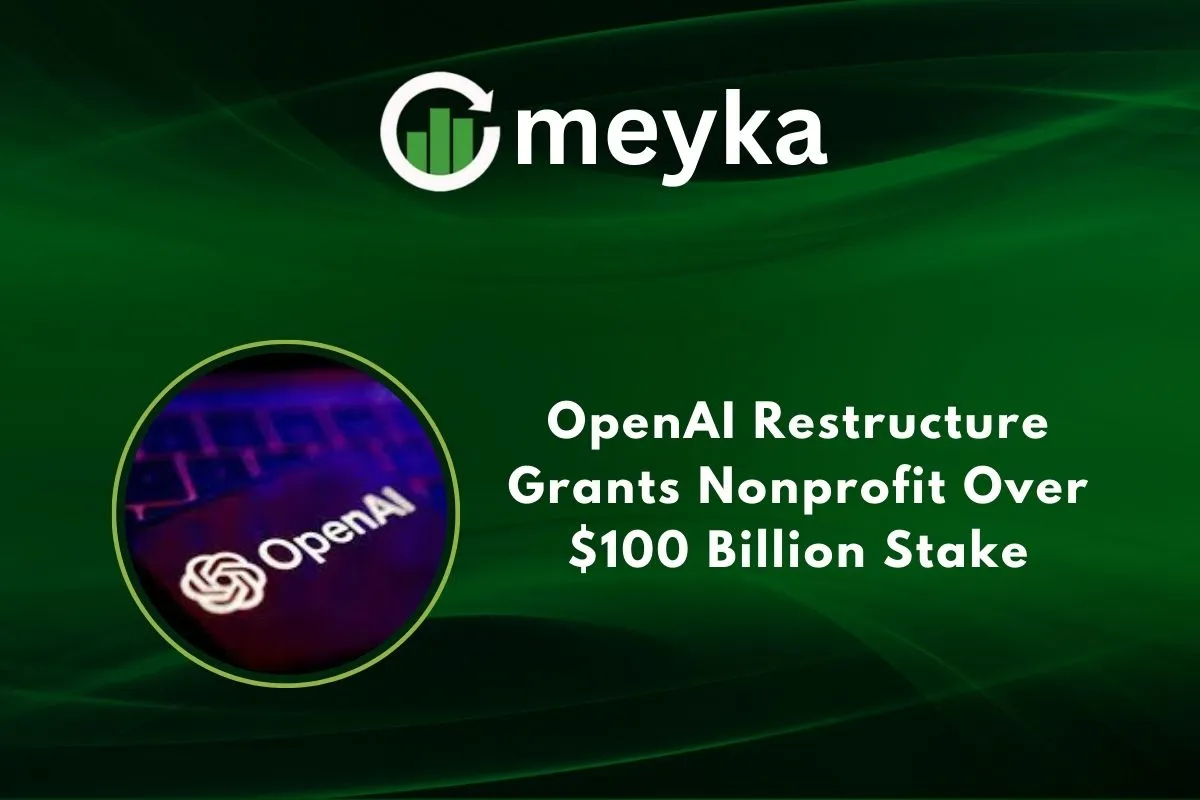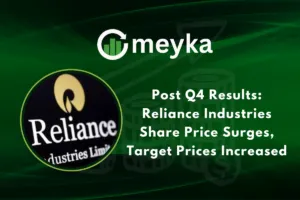OpenAI Restructures Grants Nonprofit Over $100 Billion Stake
OpenAI just made a move that could reshape how we think about power, profit, and purpose. Under a new agreement with Microsoft, OpenAI’s nonprofit arm is set to control a new public benefit corporation and hold an equity stake worth more than $100 billion.
We started OpenAI as a nonprofit, committed to building safe AI for everyone. Now, as costs skyrocket and competition grows, restructuring seems essential. We must raise massive funds. We also must keep mission and ethics on stable ground.
This isn’t just about money. We’re talking control, who decides what matters in AI’s future. Is it shareholders chasing profit, or the nonprofit seeking benefit for all? With over $100B behind it, the nonprofit now has real financial power. But with that comes responsibility.
We will explore how this deal works, what it means for AI’s direction, and whether OpenAI can balance innovation, oversight, and public good in a world where tech giants often chase the bottom line.
Background: OpenAI’s Unique Structure
- OpenAI started in 2015 as a nonprofit. Its aim was pure: to develop safe and beneficial artificial intelligence.
- In 2019, it created a “capped profit” arm to gather funding, but that arm remained under the control of the nonprofit.
- The nonprofit board has final say over mission, safety, and key decisions. It had even briefly removed and reinstated the CEO in 2023, showing how unusual and powerful its control is.
The Restructuring Explained
- The new plan establishes a Public Benefit Corporation (PBC) for its product and growth arm. This arm will trade more like a for-profit business, but its charter must include public benefit goals.
- OpenAI’s nonprofit will retain control of that PBC. It will both guide its mission and share in its equity.
- The equity stake to be held by the nonprofit is projected to exceed $100 billion.
- There is a non‐binding Memorandum of Understanding (MOU) with Microsoft that sketches out these terms. Final legal agreements and regulatory approvals are still pending.
Why the Nonprofit Stake Matters
- With this equity, the nonprofit can fund large-scale programs in AI safety, public understanding, education, and economic opportunity.
- Retaining control means mission and safety choices may not be overridden by pure profit pressures. We can expect checks built into governance.
- The value also gives financial stability to the nonprofit. It provides resources to support initiatives beyond just product output.
Financial and Strategic Impact
- OpenAI previously raised billions from Microsoft. Under the new structure, Microsoft remains a key partner. But terms may loosen exclusivity in some areas.
- OpenAI is seeking a valuation of about $500 billion for its for-profit PBC.
- The chance of an IPO becomes more real under this model. Raising capital will be easier if the profit potential is clearer.
Governance and Ethical Implications
- The nonprofit retains the authority to steer safety and mission decisions. Thus, whenever AI tools impact people (privacy, bias, misuse), the PBC must act in alignment with the charter.
- We also risk complex tradeoffs: making money vs. doing what’s ethical may clash. Who wins decisions when costs are high and public scrutiny is intense?
- Regulation is involved: California and Delaware attorneys general are reviewing the proposed structure to ensure the nonprofit’s mission is preserved.
Comparisons and Precedents
- Other AI startups like Anthropic are also using the public benefit corporation model. That means mixing profit and mission is becoming more common.
- Traditional large tech companies (Alphabet, Meta, etc.) do not have this kind of embedded nonprofit oversight. They are more straightforward corporations driven by shareholders. This makes OpenAI’s structure unusual.
Criticism and Challenges
- Some worry that mission control, in theory, might collapse under pressure from investors who want returns.
- Others point out that even a nonprofit with massive equity may find it hard to enforce safety rules in a fast-moving AI world.
- Regulatory approval is not guaranteed. If the authorities reject aspects of the governance model, OpenAI may need to change plans.
- There is also concern about transparency. How exactly will safety vs. profit decisions be made? The details of charter enforcement are not yet public.
The Road Ahead
- We expect the nonprofit to release more grant programs soon. It has already announced a $50 million grant initiative in areas like AI literacy, local innovation, and economic opportunity.
- If all goes well, OpenAI might go public in some form. That would bring more oversight from markets and regulators.
- The model could set a precedent. Other AI firms might copy or adapt it. It could become a template for balancing profit and mission.
- But much depends on execution: how governance works in practice, how regulatory bodies approve it, how users and society respond.
Conclusion
OpenAI’s restructuring is a landmark moment. Granting its nonprofit arm over $100 billion in equity while retaining control is rare. This isn’t simply about capital, it’s about who shapes the future of AI.
We stand at a crossroad: we can favor profit or mission; we can push for innovation or caution. With this new structure, OpenAI is claiming both. Whether it succeeds in balancing them will matter not just to tech watchers, but to everyone who uses or is affected by AI.
Disclaimer:
This content is for informational purposes only and is not financial advice. Always conduct your research.






